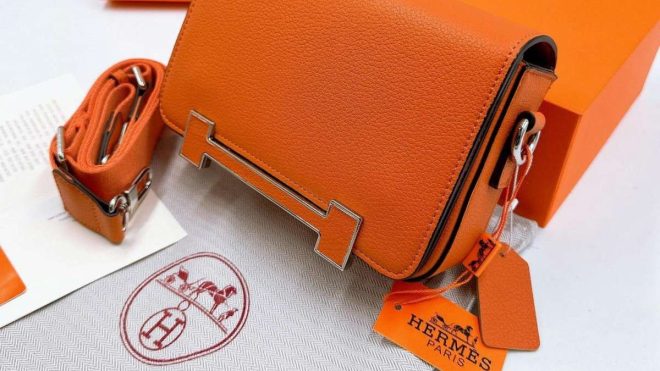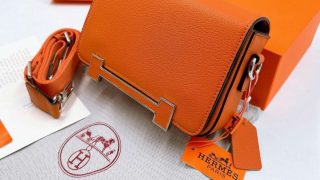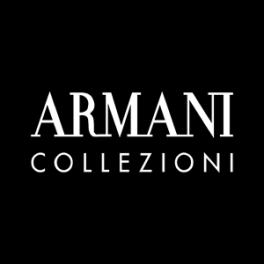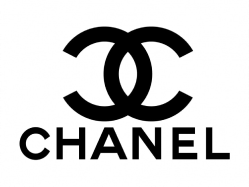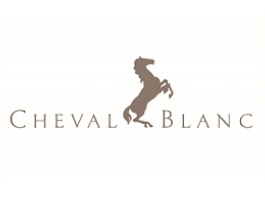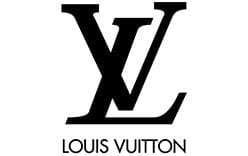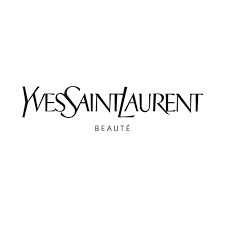What drives customers to wait in line for hours to gain entry to their favorite luxury brand store? Who can truly resist the allure of luxury, particularly when it comes to high-end fashion?
Every time we go on holiday, mainly to France and Italy, whether to luxury shops or to outlet luxury malls, my wife happily waits for hours for her turn to enter Chanel and Gucci shops. Ask her to queue for 5 minutes at the bakery and the drama starts!
According to Statista.com, wage-earning young consumers, particularly millennials and Gen Z, are pivotal to the global economy and luxury goods market. Millennials drive 45% of worldwide luxury spending, amounting to over €160 billion, while Gen Z contributes 20% as their influence in the workforce rises.
Gucci, Louis Vuitton, and Dior dominate as top luxury brands among millennials and Gen Z in the U.S. However, preferences diverge slightly, with millennials showing greater affinity for Armani (40% versus 22% among Gen Z), while Vivienne Westwood appeals to nearly a third of Gen Z in the U.S. and UK. In Asia, Chanel, Hermès, and Dior remain favorites among younger consumers, especially in China and South Korea, reflecting consistent appeal across regions.
Psychological Appeal of Luxury Brands

Luxury brands have long captivated consumers, offering more than just products—they are believed to provide symbols of status, identity, and personal fulfillment. Understanding the emotional and mental allure of luxury is an issue that offers valuable insights into consumer behavior and brand strategies.
The desire for luxury goods is deeply rooted in several psychological factors:
- Status Signaling: Owning luxury items serves as a marker of social status, perceived as allowing individuals to communicate wealth and success. This behavior of conspicuous consumption is driven by the need for recognition and admiration within social hierarchies.
- Self-Identity and Expression: Luxury products enable consumers to express their personal identity and values. By aligning with specific brands, individuals convey their tastes, preferences, and affiliations, reinforcing their self-concept. You can read more about this subject here.
- Emotional Gratification: The acquisition of luxury goods often provides emotional satisfaction, serving as a reward or a means to boost self-esteem. The exclusivity and craftsmanship associated with luxury items contribute to feelings of accomplishment and indulgence.
- Better Quality and Good Investment: Not everybody has the financial capability to – constantly – purchase luxury products. Some people buy luxury goods despite not being able to afford them, by saving and compromising other products to enable them eventually to buy their favorite luxury items.
- Love and Admiration: It is also possible that people buy specific luxury products, purely out of love. The way it can also happen towards a product that is not categorized under luxury.
Demographics Attracted to Luxury Brands
While luxury brands traditionally target affluent consumers, the appeal extends across various demographics:
- Affluent Individuals: High-net-worth individuals remain primary consumers, seeking exclusivity and superior quality.
- Aspirational Consumers: Individuals with moderate incomes aspire to own luxury items, viewing them as attainable symbols of success. This group often engages in “masstige” consumption, purchasing premium products at accessible price points.
- Younger Generations: Millennials and Gen Z are increasingly significant in the luxury market. According to Bain & Company and stated by Business Insider, Gen Z could represent nearly a third of luxury purchases by 2030.

Consumer Behavior When Luxury Is Unaffordable
When consumers cannot afford luxury brands, they often resort to alternative behaviors:
- Purchasing Second-Hand Luxury: According to Financial Times, the second-hand luxury market has grown substantially, offering consumers access to high-end products at reduced prices. In China, for instance, the luxury resale market reached over RMB 1 trillion ($138 billion) in 2020, up from RMB 300 billion in 2015.
- Opting for “Accessible Luxury”: Brands offering premium products at lower price points attract consumers seeking luxury experiences without the high cost. This segment, often referred to as “accessible luxury,” caters to those willing to spend more than average prices but less than high-end luxury. You can read more about this topic here.
- Engaging in Rental Services: Luxury rental services allow consumers to experience high-end products temporarily. The expansion of luxury rental companies meets the rising demand for more affordable high-end fashion pieces.

Brand Strategies to Address Affordability Challenges
Luxury brands employ various strategies to engage consumers who may find their products financially out of reach:
- Introducing Diffusion Lines: Brands create secondary lines offering products at lower price points to attract a broader audience. For example, Armani Jeans is priced significantly lower than Armani’s haute couture line.
- Participating in the Second-Hand Market: Some brands embrace the resale market, recognizing its appeal to cost-conscious consumers and its alignment with sustainability values. This approach helps maintain brand relevance among younger demographics.
- Offering Entry-Level Products: Brands introduce more affordable items, such as fragrances or accessories, allowing consumers to engage with the brand without the expense of flagship products. This strategy fosters brand loyalty among aspirational consumers.
Maintaining Exclusivity: Despite economic pressures, some brands choose to uphold high price points to preserve their luxury image. LVMH’s CFO, Jean-Jacques Guiony, stated that lowering prices to attract aspirational buyers would harm the brand’s image and long-term success.
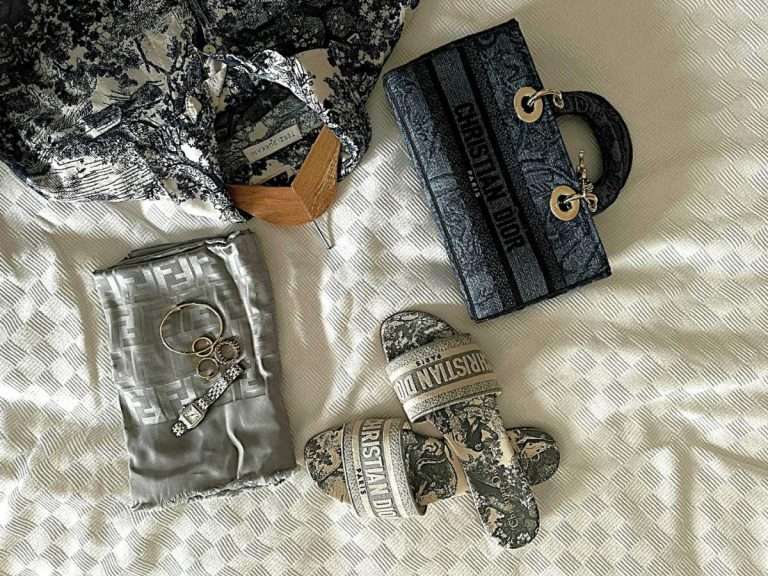
According to Bain & Co, beauty products—especially fragrances—are thriving as consumers embrace “small indulgences” or “affordable luxuries” during uncertain times. Eyewear is also seeing significant growth, fueled by innovative brand designs and the increasing popularity of high-end niche brands.
The jewelry sector continues to perform well, driven by strong demand in the high-jewelry category and a particularly robust U.S. market. In contrast, categories such as watches, leather goods, and shoes are facing a slowdown as consumers shift to more budget-conscious choices. However, smaller leather items and accessible entry-level products remain attractive to Gen Z shoppers.
The growing emphasis on value is also bolstering the secondhand luxury market, with particular strength in jewelry, heritage apparel, and leather goods.
The powerful enduring appeal of luxury brands lies in their ability to connect with consumers on a psychological level, fulfilling aspirations tied to status, identity, and personal gratification. While traditionally catering to affluent audiences, luxury brands resonate across diverse demographics. As affordability challenges emerge, Angel Customers once again, prove – statistically – to be the real salvation and the brands’ main anchor of survival.
Join Jestafreak today, and start earning by sharing your knowledge of brands and experiences.
Complete Your Lifestyle Profile, and record which experiences, destinations, cities and brands you are passionate about and love. Unlock a new world! Discover a community that loves brands and seize opportunities to make your voice heard.
Visit Jestafreak.com to explore in-depth insights into consumer behavior, brand histories, and much more.
Engage directly with our community on our Home Page, or amplify your influence by becoming an Angel Customer by completing your private personal lifestyle profile.
